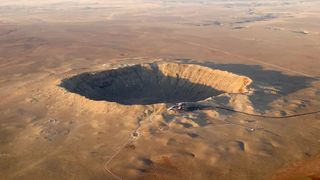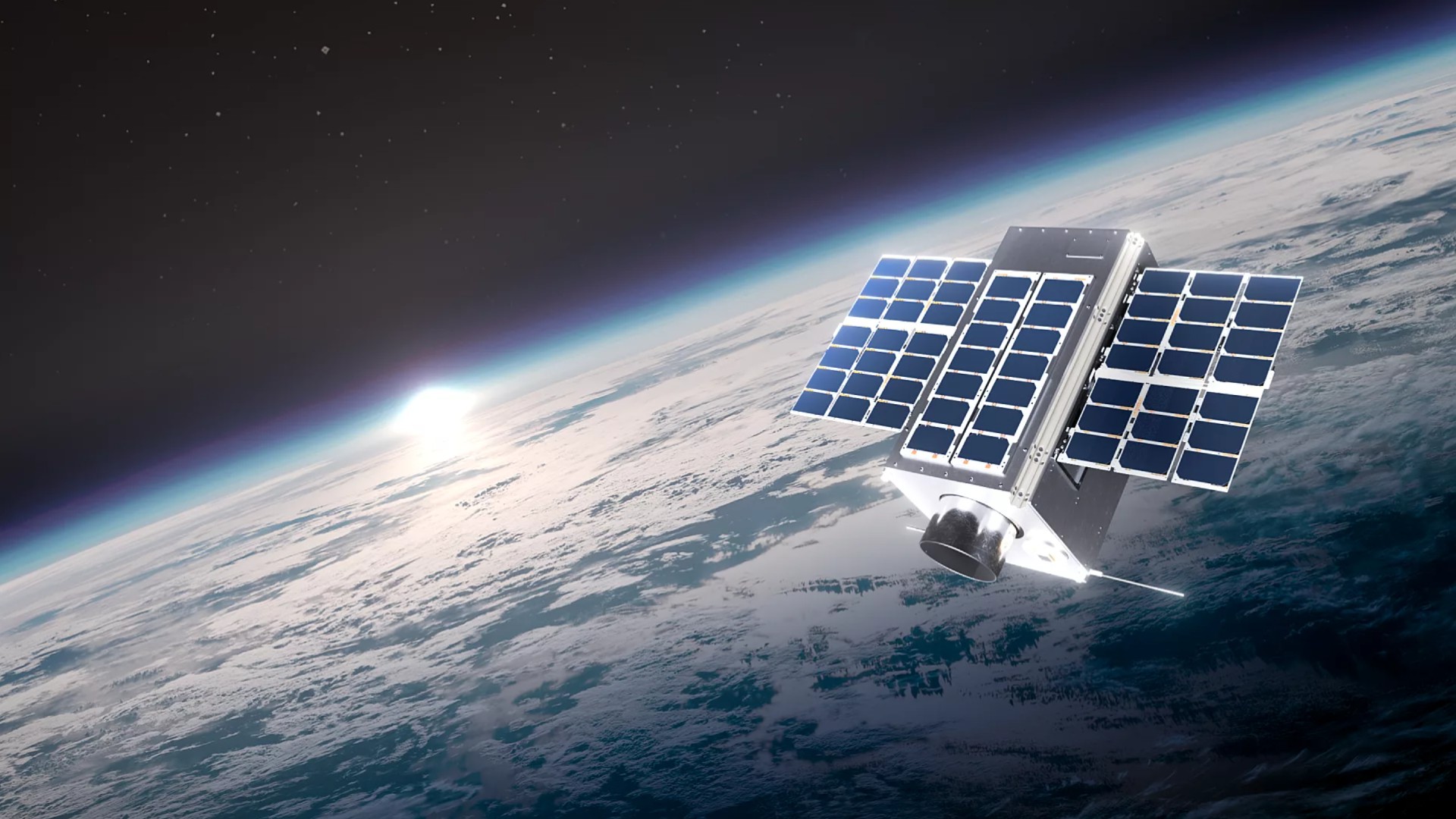
Deepa Jain
Deepa Jain is a freelance science writer from Bengaluru, India. Her educational background consists of a master's degree in biology from the Indian Institute of Science, Bengaluru, and an almost-completed bachelor's degree in archaeology from the University of Leicester, UK. She enjoys writing about astronomy, the natural world and archaeology.
Latest articles by Deepa Jain
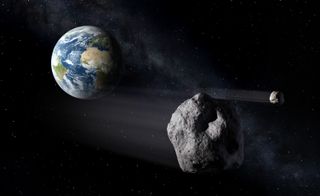
'God of chaos' asteroid may be transformed by tremors and landslides during 2029 flyby of Earth, study finds
By Deepa Jain published
When the 'God of chaos' asteroid Apophis makes an ultraclose flyby of Earth in 2029, our planet's gravity may trigger tremors and landslides that totally change the asteroid's surface.
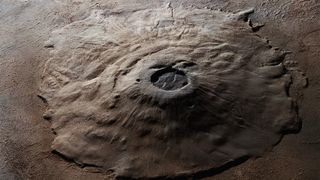
The speed of sound on Mars is constantly changing, study finds
By Deepa Jain published
New research shows that the speed of sound on Mars varies considerably by location and temperature. The findings could help scientists understand sounds picked up by Martian rovers, as well as make future crewed ventures safer.
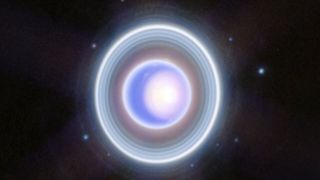
Uranus and Neptune aren't made of what we thought, new study hints
By Deepa Jain published
A study suggests the ice giants Uranus and Neptune aren't quite as watery as previously thought. They may also contain huge amounts of frozen methane, potentially solving the puzzle of how they formed.
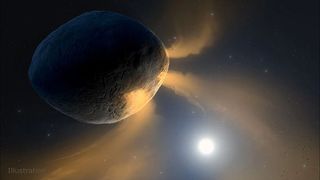
Geminid meteors may be 10 times older than thought, simulations of oddball asteroid Phaethon suggest
By Deepa Jain published
The comet-like asteroid Phaethon likely lobbed thousands of rocky fragments toward Earth while rapidly spinning around the sun 18,000 years ago, new research suggests ― and it may fling some more soon.
Breaking space news, the latest updates on rocket launches, skywatching events and more!
